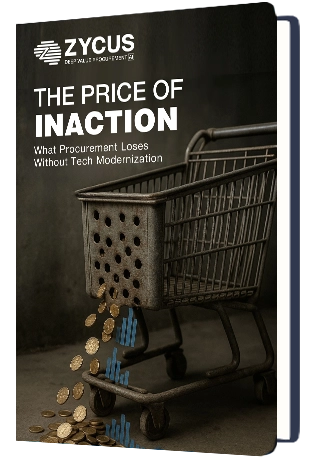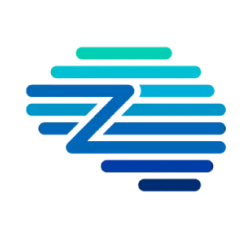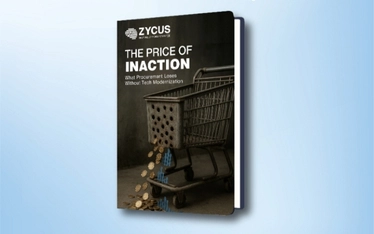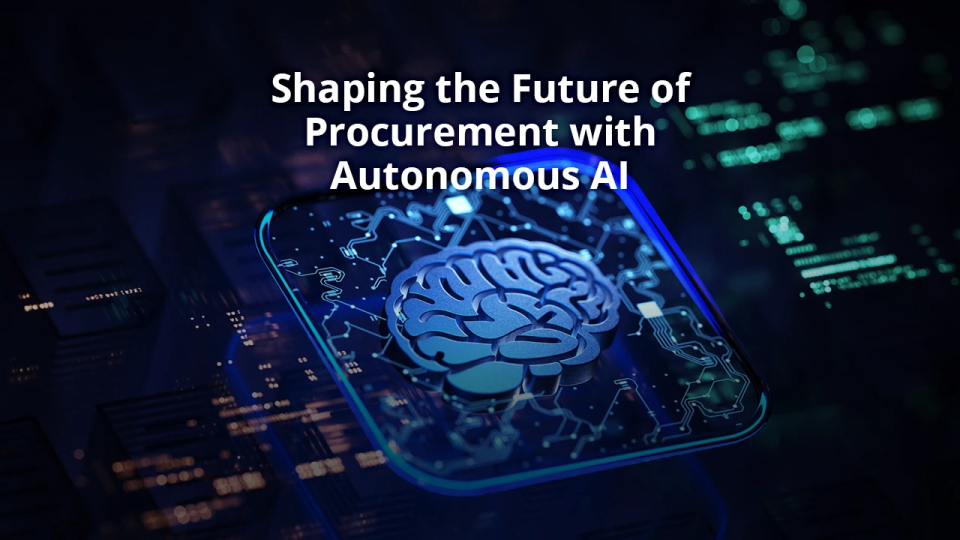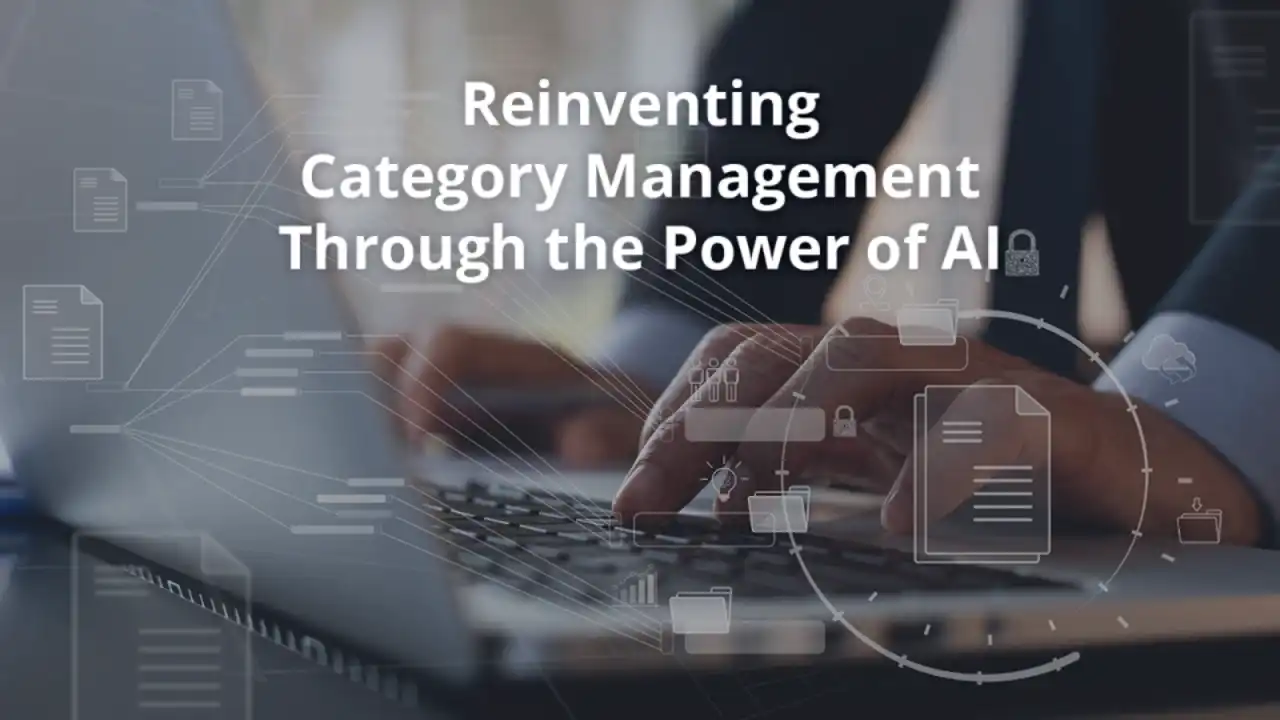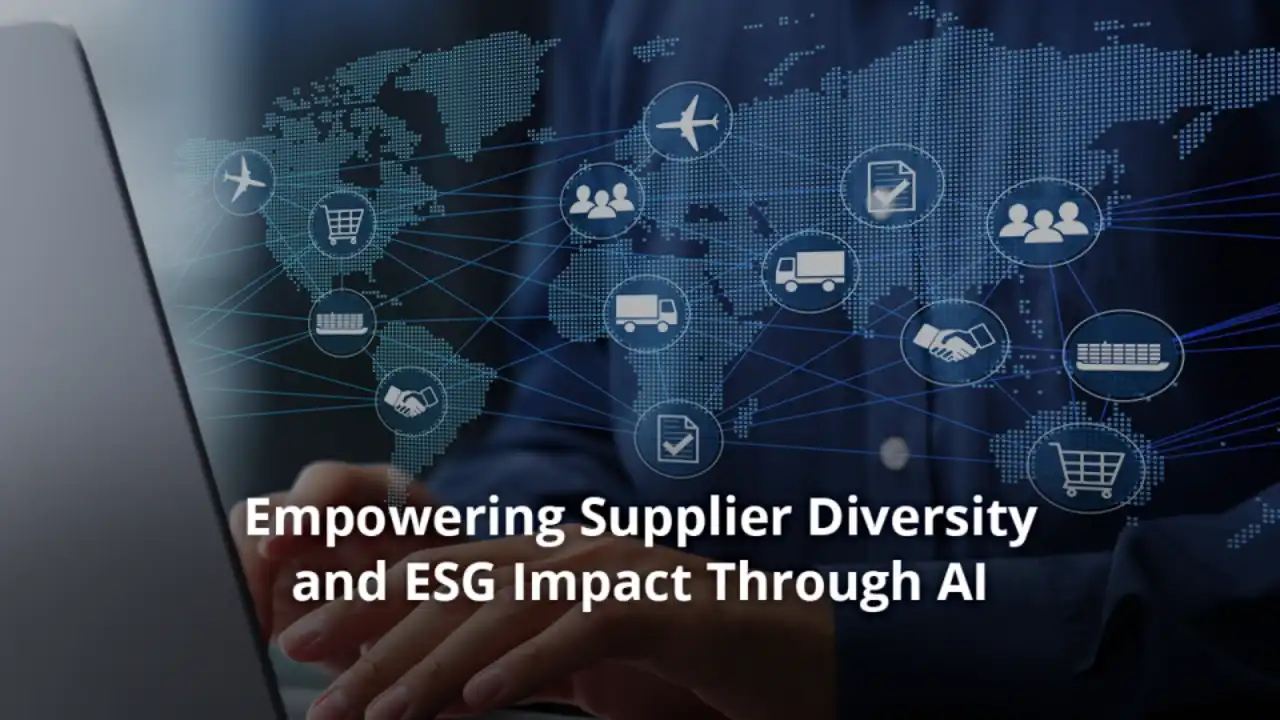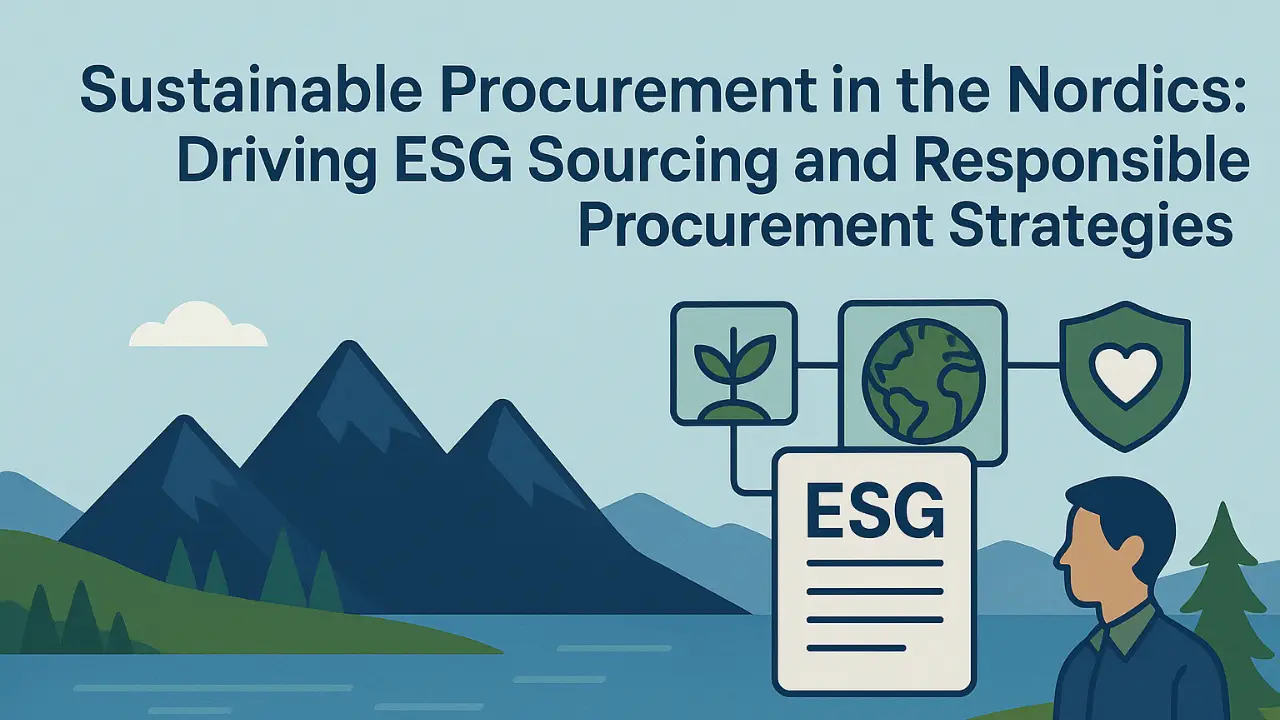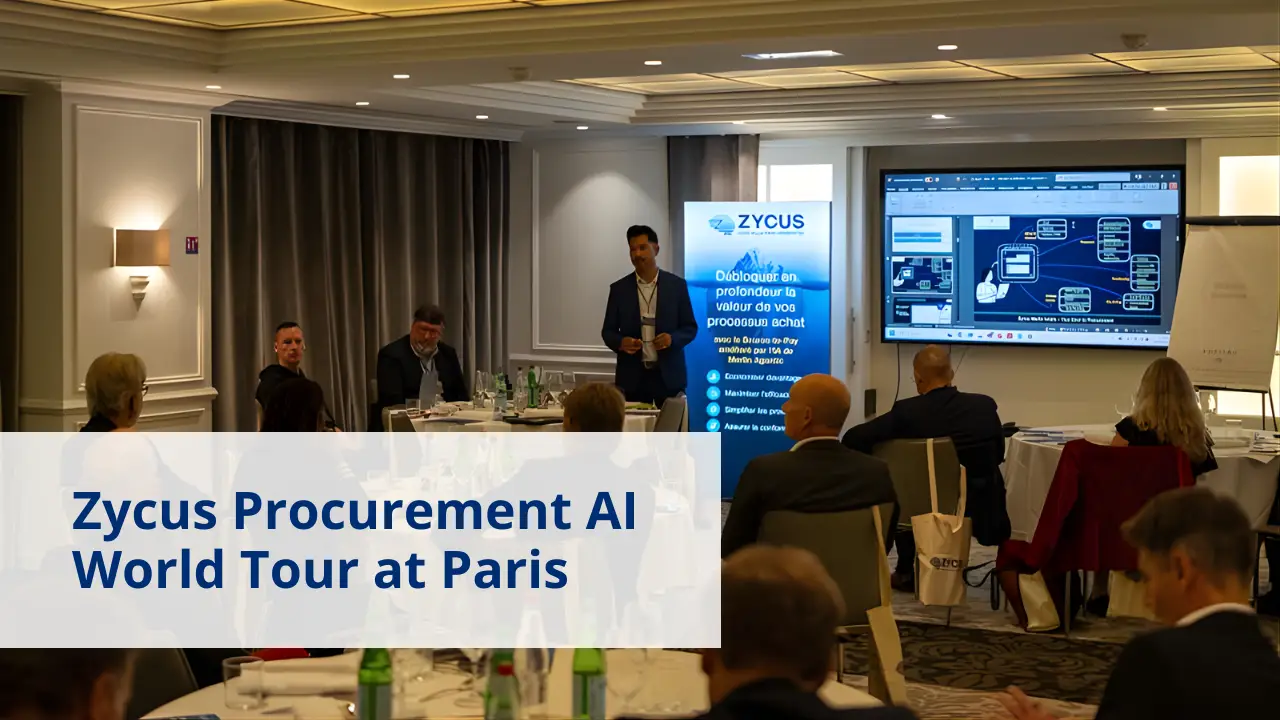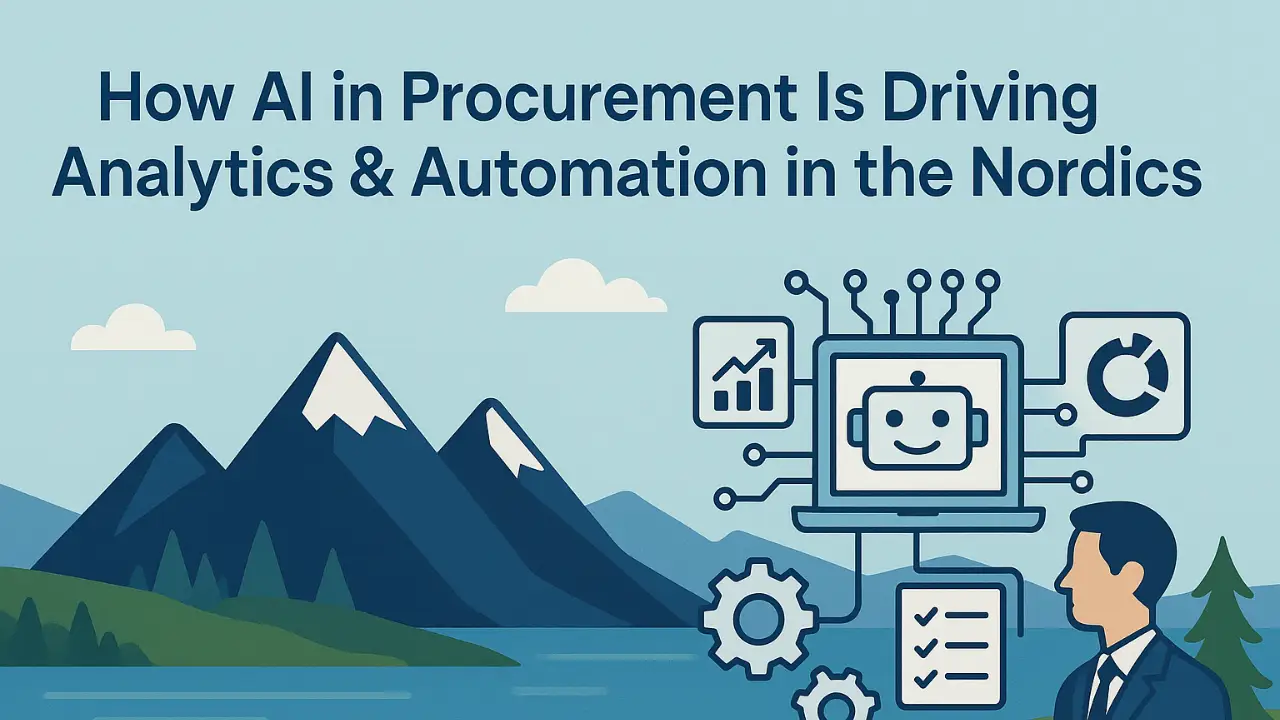TL;DR
- The Procurement Change Challenge in Emerging Enterprises isn’t caused by bad technology—it’s rooted in procurement adoption challenges and resistance to changing long-standing routines.
- When transformation threatens identity and workflows, adoption stalls, leading to rework, wasted spend, and damaged leadership credibility.
- Solving this requires a procurement change strategy focused on winning early (within 90 days), funding adoption, and empowering internal champions.
- Data shows that procurement transformation in emerging enterprises can deliver 6–9X ROI, 30–50% faster implementation, and a 75% drop in resistance when people are put at the center of change.
- Zycus helps teams improve procurement adoption in emerging markets by embedding training, active feedback loops, and trust into every rollout.
Cultural Code Red: How Relationships Create Procurement Adoption Challenges in Emerging Enterprises
Emerging Enterprises are built on relationships; long-standing supplier ties, handshake approvals, systems that “just work.” But when it’s time to scale, those very traditions become roadblocks.
90% of employees prefer informal procurement. And in 70% of growing companies, those informal tools; manual POs, shared drives, spreadsheet trackers are more than the process. They’re comfort, Identity and Familiarity.
Which is why 45% of professionals equate new systems with lost identity. Change doesn’t feel like progress. It feels like erasure.
Finance pushes for control, operations demand flexibility, procurement gets caught in the middle trying to modernize workflows without breaking trust.
The paradox? The very relationships that built your company now block its ability to grow.
You’re not just implementing software, you’re challenging organizational DNA and if you don’t handle that transition strategically, resistance won’t be subtle. It’ll be structural
The High Cost of Resistance in the Procurement Change Challenge in Emerging Enterprises
Transformation resistance isn’t just internal friction. It’s financial erosion in slow motion. Only 30% of procurement transformations succeed and the ones that fail don’t just fizzle. They explode budgets:
- A $500K upgrade balloons into $1.5M after rework, delays, and restarts
- Each quarter of delay bleeds $250K–$1M
- Teams revert to old systems, leaving 40% of new tech underutilized
- Productivity drops 25% as users juggle disconnected workflows
The fallout adds up fast: $2–$8M in lost value annually. And worse, each quarter of delay makes the next one harder. Momentum fades, champions lose credibility, the project goes from strategic initiative to political liability.
The real cost of resistance? The destruction of transformation’s financial case.
The First 90 Days: A Critical Procurement Change Strategy for Emerging Enterprises
In transformation, the clock isn’t just ticking—it’s racing.
McKinsey’s analysis of 340,000+ transformation programs revealed one unforgiving truth: if you don’t win early, you don’t win at all.
Organizations that achieve just 16% of their goals in the first 90 days go on to hit every major milestone. Those that don’t? 0% success rate. Not low. Not partial. Zero.
Why? Because momentum compounds—both positively and negatively.
- 40% of project delays originate in the first quarter
- Change fatigue sets in fast when wins are invisible
- Stakeholders lose confidence when nothing improves
- Budget scrutiny intensifies when ROI stays theoretical
The longer it takes to show value, the more resistance calcifies. New tools get blamed, teams fall back on familiar processes. and the transformation becomes a symbol of disruption, not improvement.
Early wins aren’t cosmetic, they’re existential.
You need visible improvements in real workflows; automated POs, faster approvals, better compliance. Not in year two. In month one. Quick wins silence skeptics, build momentum, and justify continued investment. Miss the first 90-day window? You’re not just behind schedule. You’re already on defense.
Driving Change That Sticks: Procurement Transformation in Emerging Enterprises
Growing procurement doesn’t resist change because it’s slow; it resists because it’s personal. You’re replacing handshakes with systems. Gut decisions with guided sourcing. Familiar workflows with automation. That shift isn’t just operational, it’s emotional.
The smartest growing teams know transformation only works when trust is part of the rollout. They’re solving the Change Paradox by putting people at the center of every system upgrade.
Here’s What Works
Win Early; Within 90 Days
Hit 16% of your savings goals in the first 3 months, and your team is on track to hit all of them. Early wins buy patience, silence skepticism, and create momentum when it matters most.
Focus on People, Not Just Platforms
Tech delivers ROI only when people use it. Drive adoption with:
- Role-based training
- Procurement academies
- Active feedback loops
Nominate Internal Change Agents
Change champions aren’t optional, they’re essential. They reduce resistance by 75%, and boost transformation success by 62%, turning strategy into daily behavior across teams.
Allocate 15–20% of Budget to Change Management
Don’t just implement software, invest in adoption. Organizations using ADKAR-based frameworks are 3.2x more likely to succeed. It’s not an extra, it’s insurance against timeline overruns and underuse.
| Metric | Post-Change Benchmark |
| Change-Driven ROI | ↑ 6:1–9:1 vs. 1:1–2:1 in failed projects |
| Implementation Time | ↓ 30–50% with phased + change-led rollouts |
| Adoption & Utilization | ↑ 70–90% of platform features actively used |
| Resistance Impact | ↓ 75% with internal champions & early wins |
The Takeaway: Change Fails When It’s Forced; It Succeeds When It’s Designed
Emerging enterprise procurement transformations don’t fail because the technology is wrong. They fail because the rollout ignores the people using it. You’re not just replacing tools, you’re reshaping how decisions are made, how relationships function, and how teams operate. That’s why resistance isn’t a blocker. It’s a signal.
The good news? You don’t need to bulldoze culture to modernize it. You just need a smarter approach.
Win early. Train deliberately. Empower insiders. Fund adoption. That’s how change sticks.
That’s exactly what Spirent did.
“Spirent faced the cultural challenge of shifting teams from email approvals to a global procurement platform. Instead of pushing change, they paced it, using Zycus to drive a phased rollout tied to business outcomes.
The result? 98% user adoption across 11 sites, 27% faster cycles, and zero resistance. Change wasn’t forced—it was earned.”
Want a transformation that lasts? Lead with behavior, back it with systems, and build momentum that turns skeptics into advocates.
With Zycus, growing teams don’t just implement platforms; they unlock adoption that multiplies ROI.
Ready to earn your change? Let’s build the first 90 days that make the next 900 easier.
Related Reads:


















































